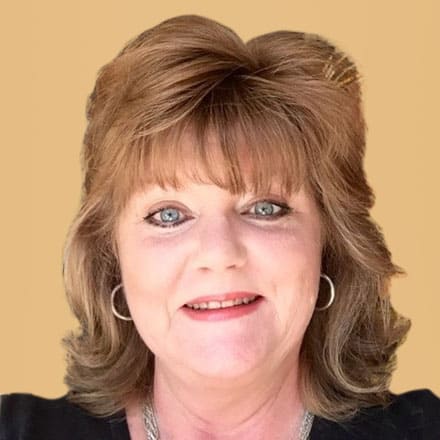Inside Angle
From 3M Health Information Systems
HCPCS codes provide safe patient/provider communication in days of COVID-19
In early 2019, before the COVID-19 pandemic was etched into the fabric of our daily lives, CMS developed two new HCPCS codes: G2010 and G2012. These codes were developed for virtual check -In communication with an existing patient and provider. According to CMS, “Virtual check-ins allow you to talk to your doctor or certain other practitioners, like nurse practitioners or physician assistants, using a device like your phone, integrated audio/video system, or captured video image without going to the doctor’s office.” Although, the provider gives a “technology-based” brief communication service, these virtual check-ins are not considered telehealth.
G2010 – Remote evaluation of recorded video and/or images submitted by an established patient (e.g., store and forward), including interpretation with follow-up with the patient within 24 business hours.
- not originating from a related E/M service provided within the previous 7 days
- nor leading to an E/M service or procedure within the next 24 hours or soonest available appointment
G2012 – Brief communication technology-based service (e.g., virtual check-in) by a physician or other qualified health care professional who can report evaluation and management services, provided to an established patient
- not originating from a related E/M service provided within the previous 7 days
- nor leading to an E/M service or procedure within the next 24 hours or soonest available appointment; 5-10 minutes of medical discussion
I can see how these codes could provide safety for the provider and patient while maintaining social distancing, allowing the patient to get an issue addressed by their provider in these days of high anxiety.
Here’s one possible scenario:
While sheltering in place and maintaining social distancing, you decide to do a little gardening. Weeds get pulled and roses get pruned. It’s time to head inside and get cleaned up for lunch. You notice a rather red rash on your forearms and it’s itchy. The next morning the rash is still there and itchy, but not spreading. You sign into your patient portal provided by your doctor’s office, upload a picture of your rash and request Dr. Bob take a look.
The next morning you get a quick call from Dr. Bob asking if the rash is spreading; your response is no. You are instructed to take Benadryl oral or topical cream to ease the itch. If the rash has not cleared up in a couple days or spreads, Dr. Bob advises you to call the office.
Medicare’s approval of HCPCS code G2010 for reimbursement allows providers to be paid for remote evaluation of images or recorded video submitted to the provider to establish whether or not a visit is required.
This allows providers to get paid for remote services they typically perform and which promote quality patient care that they otherwise wouldn’t have been paid for in the past.
There are a few things to remember when billing these services:
- Advance patient content. Practitioners must obtain advanced verbal consent for the service and document it in the patient’s record. A single consent can be obtained for all communications-based technology services annually.
- This service is only covered for established patients. (Starting March 6, with the expansion of Telehealth with Waiver 1135–during the COVID-19 public health emergency – HHS will not be performing audits to determine if these are new or established patients)
- The technology that can be used by the patient includes real-time audio-only telephone interactions and synchronous, two-way audio interactions that are enhanced with video or other kinds of data transmission.
- The practitioner may respond to the patient’s concern by telephone, audio/video, secure text messaging, email or use of a patient portal.
- Do not use Place of Service (POS) 02 or modifier 95 on these services, because they are not considered telehealth. During the COVID-19 public health emergency, it’s recommended providers bill with the POS-11 so they will be reimbursed at the same rate as if the patient was seen in-office.
- Providers may bill both the codes together. There are no frequency limitations.
- Telephone calls that involve only clinical staff cannot be billed using this code.
While there is nothing that can take the place of an in-office visit with a physician, in these days of COVID-19 we need all the tools available for safe communication with our providers. HCPCS codes G2010 and G2012 assist in safe communication, which helps protect ourselves and our families, community members and first responders.
Pamela Ewing, CPC, CLA, is a coding analyst for 3M Health Information Systems.
During a pandemic, healthcare information is gathered, studied, and published rapidly by scientists, epidemiologists and public health experts without the usual processes of review. Our understanding is rapidly evolving and what we understand today will change over time. Definitive studies will be published long after the fact. 3M Inside Angle bloggers share our thoughts and expertise based on currently available information.


